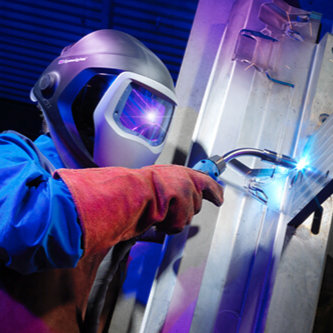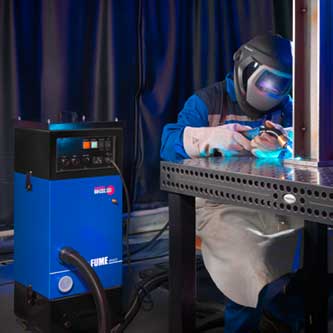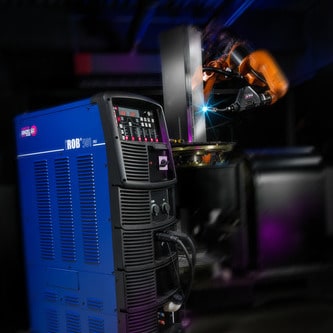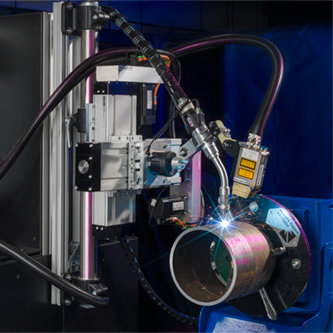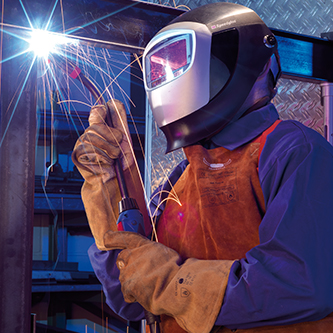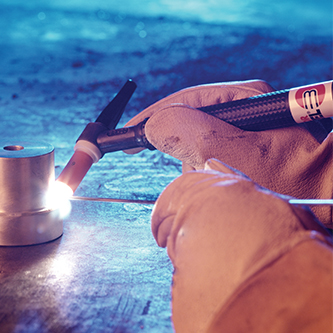Products by Product Group
Find MIG welding solutions to start reducing costs and improving uptime or browse through our industry-best Manual, Robotic, or Laser welding options.
Join BINZEL USA in exploring our webinars
View our sessions to sharpen your skills and knowledge.

